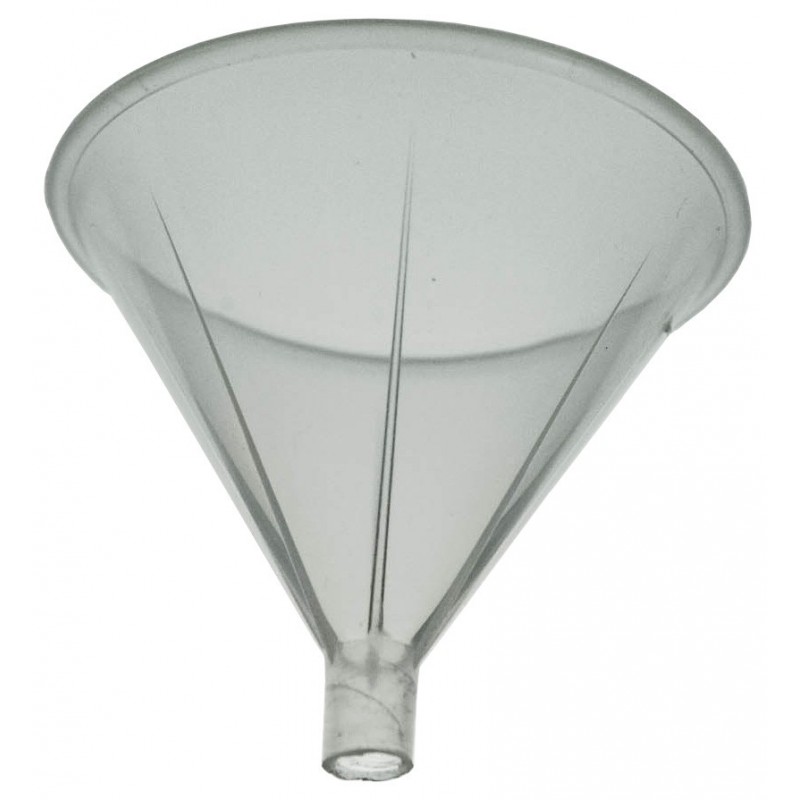Yes, call it EGR and use it to curb NOx formation.
That manifests itself as a misfire (4-stroking) at very low loads but at loads above that level it isn't as problematic as all that. Anyway, the emission tests focus (through as weighting system) on mid loads, typically between 25 and 75% of full load.
HC emissions are proportional with delivery ratio. Pumping losses are inversely proportional to delivery ratio. It's all in favour of the larger engine.
Test data I have here for a 2.31kW handheld 2T engine shows HC emissions at idle and full load of 13179 and 14220ppm respectively. At the lowest load (idle) it emits lower HC than at WOT showing that it is delivery ratio that causes the worst emissions of HC. This on an engine that will have a delivery ratio of no greater than 0.5. Up the delivery ratio and the full load figure will worsen. For this type of engine, the idle figure will assume a 15% relevance in the test, the full load, 85%. So even a lousy idle figure isn't disastrous for this engine (which can pass the EPA Phase 3 test at 49.4g/kWh, max permitted is 50g/kWh). Raise the delivery ratio though and it's stuffed.
They introduce the additional problem of having the air and the fuel in different places and have to unite them in the vicinity of the spark plug. Homogeneous charge simplifies the task by having the fuel forever entrained in the air.manolis wrote: ↑21 Mar 2018, 17:55The direct injection 2-strokes (like the E-TEC of Rotax / Evinrude / Bombardier) can use stratified charge (direct injection towards the spark plug) to improve the partial load operation of the 2-stroke. However at the areas of the cylinder wherein the mixture gets too lean, the flame outas out and the combustion cannot be complete / clean.
Yes it is as it will incur greater pumping losses with its greater air requirement.
But will still be restricted by the strength of the engine and the desire for refinement the market expects.
Air does not move of its own volition. Energy will always be expended in moving it. The less air required, the lower the associated loss.
Why? The 2T in even its dirtiest guise is already enjoying the benefit of reduced friction over a 4T.
A broader point. Unless you define the context of the engine ie, its end use, you cannot identify the test that has to be passed as they vary considerably and are specific to the engines intended use (and swept volume). Context is all.





